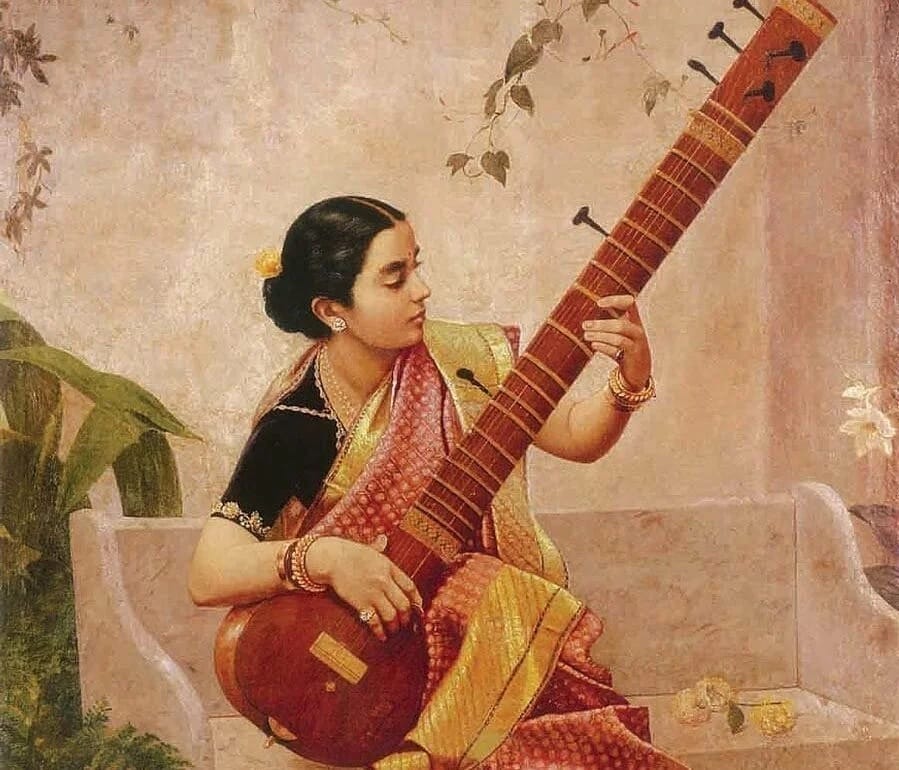The Role of Archiving and Preservation in Indian Classical Music

Indian classical music stands as a testament to centuries-old melodies, compositions, and rhythms, embodying the essence of cultural heritage. However, the fragility of this musical legacy is evident due to the ephemeral nature of recordings and manuscripts. Archiving and preservation efforts, led by both institutions and individuals, are pivotal in safeguarding this invaluable heritage for posterity.
The Fragility of Musical Heritage
Indian classical music, primarily transmitted orally through generations, faces the imminent risk of fading into obscurity. Fragile recordings, some stored on decaying tapes or rare vinyl records, and delicate manuscripts susceptible to deterioration, underline the pressing need for preservation. The challenge lies in the meticulous care required to maintain these artifacts and the authenticity of their content.
Institutions at the Forefront
In the race against time, numerous institutions have emerged as guardians of preservation. Entities like the Sangeet Natak Akademi, the National Centre for the Performing Arts, and various music academies across the country have embarked on initiatives to collect, catalog, and digitize rare recordings and manuscripts. Through meticulous archiving methodologies, these institutions ensure the perpetuation of invaluable musical treasures.
The success stories of these institutions echo the impact of their endeavors. Projects involving the digitization of ancient compositions, restoration of deteriorating recordings, and the creation of accessible archives for scholars and enthusiasts have breathed new life into once-forgotten melodies.
Individual Contributions
While institutions spearhead preservation, the contributions of passionate individuals remain equally pivotal. Collectors, musicians, scholars, and enthusiasts serve as custodians of rare recordings and manuscripts. Their personal efforts, often driven by sheer passion, range from painstakingly restoring old recordings to meticulously transcribing ancient compositions. This network of individuals actively contributes to the preservation and dissemination of Indian classical music.
Technological Advancements and Archiving
Technology acts as a catalyst in preserving musical heritage. Advancements in digital archiving have revolutionized preservation methods. Digitization ensures wider accessibility while safeguarding against physical decay. However, challenges persist, including the risk of format obsolescence and the need for continuous upgrades to preserve authenticity and quality.
Importance for Future Generations
The significance of archiving extends beyond preservation; it acts as a bridge connecting generations. Preserved musical treasures not only educate but also inspire future musicians, scholars, and enthusiasts. The loss of these treasures would deprive future generations of their cultural roots and artistic evolution.
Challenges and Future Directions
Despite commendable efforts, challenges loom large. Financial constraints, lack of standardized archiving protocols, and the rapid evolution of technology pose continuous hurdles. Innovations like blockchain technology for provenance authentication and AI-assisted restoration show promise but demand collaborative efforts and sustained funding.
Conclusion
The endeavors in archiving and preserving Indian classical music underscore the criticality of safeguarding our cultural heritage. Both institutions and individuals form the bedrock of these efforts, their collective passion and dedication breathing life into melodies from bygone eras. As custodians of this legacy, it is our responsibility to ensure that these treasures endure, resonating through the corridors of time, enlightening and inspiring generations to come. Through concerted efforts and innovative approaches, the preservation of Indian classical music becomes not just a mission, but a legacy in itself.





